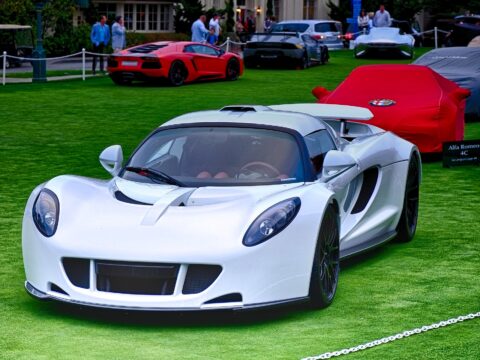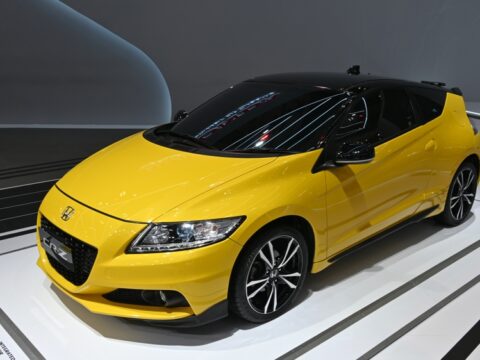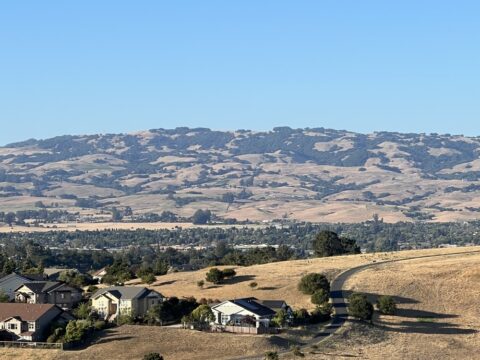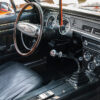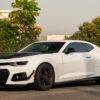Road trips have long been a symbol of freedom and adventure, and the vehicles that made them possible hold a special place in our hearts. From iconic vans to classic campers, these vintage models not only provided a way to travel but also helped shape the culture of life on the road. Here are 18 vintage vans and campers that played a significant role in inspiring the road trip culture we know and love today.
Contents
Volkswagen Type 2 (T1) (1950-1967)
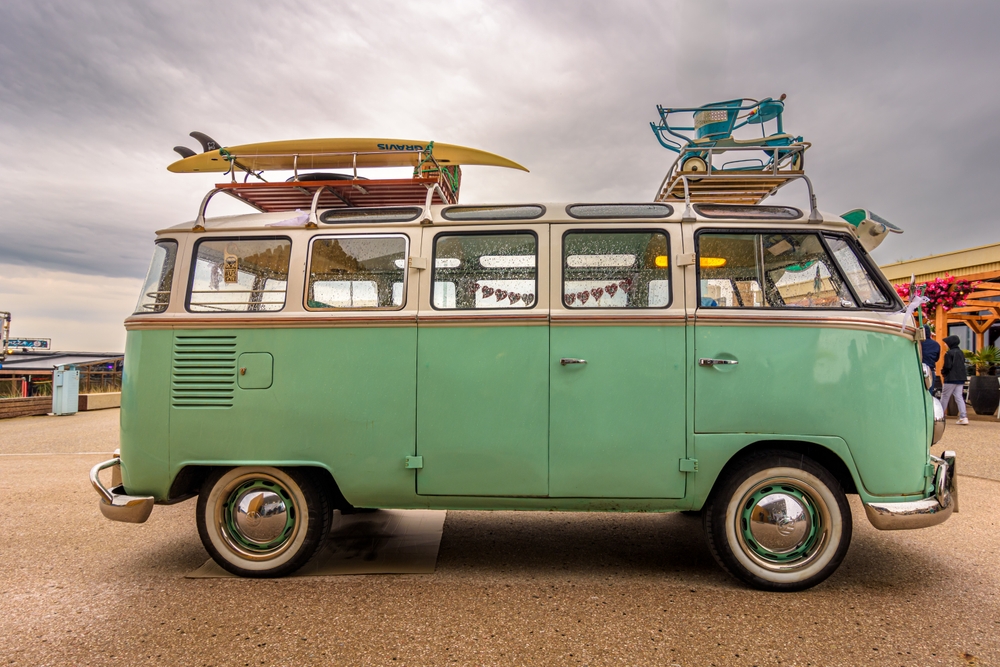
The Volkswagen Type 2, often called the VW Bus or Microbus, became an enduring symbol of freedom and counterculture in the 1960s. Known for its distinctive design and easy-to-maintain engine, it was the go-to vehicle for long cross-country journeys. Its spacious interior allowed it to double as both a passenger vehicle and a camper, making it perfect for the open road. The T1 quickly earned its place in popular culture, particularly within the “flower power” movement.
Ford Econoline (1961-1967)
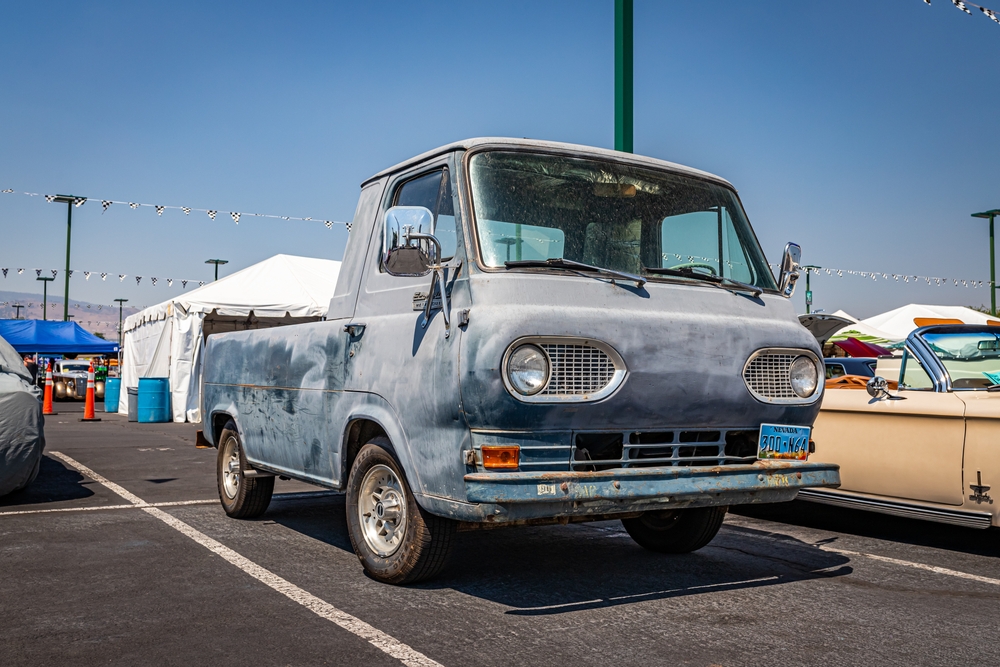
The Ford Econoline’s first generation set a new standard for American vans, offering a robust platform adaptable for various uses, including camping. Its front-engine design created a flat cargo floor, making it ideal for conversion into a mobile home. As a result, it became a favorite among DIY enthusiasts looking to create their own customized camper. Throughout the 1960s, the Econoline was a popular choice for families embarking on-road adventures.
Airstream Bambi (1961-Present)
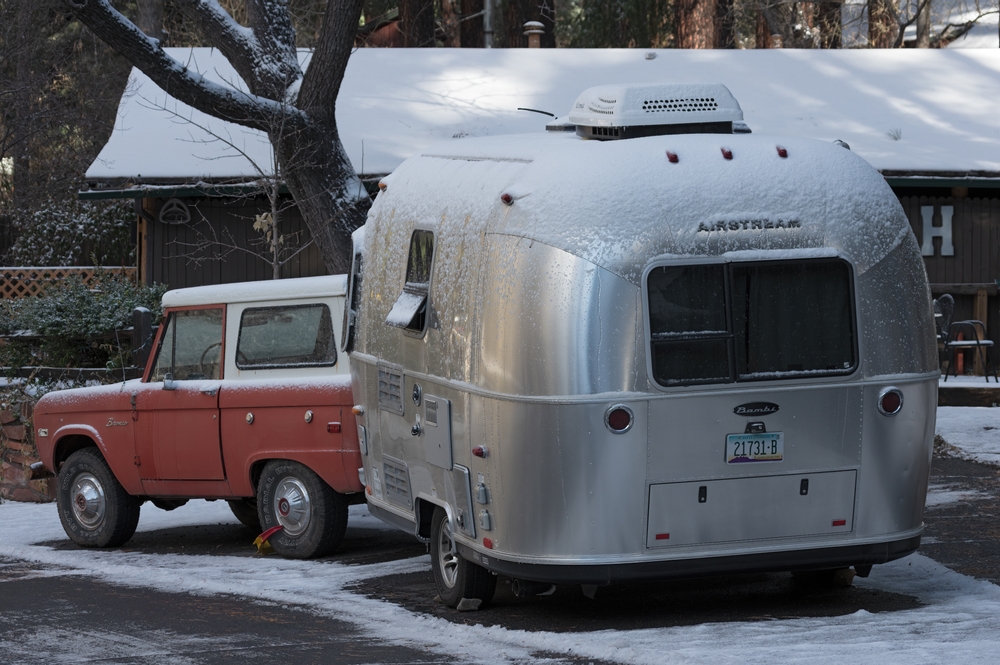
The Airstream Bambi, introduced in the early 1960s, quickly became synonymous with luxury road trips. Its sleek, aerodynamic aluminum design was not only visually appealing but also offered better fuel efficiency and easier towing. Despite its compact size, the Bambi provided all the comforts of home on the road, making it a beloved choice for road trippers.
Chevrolet Greenbrier (1961-1965)
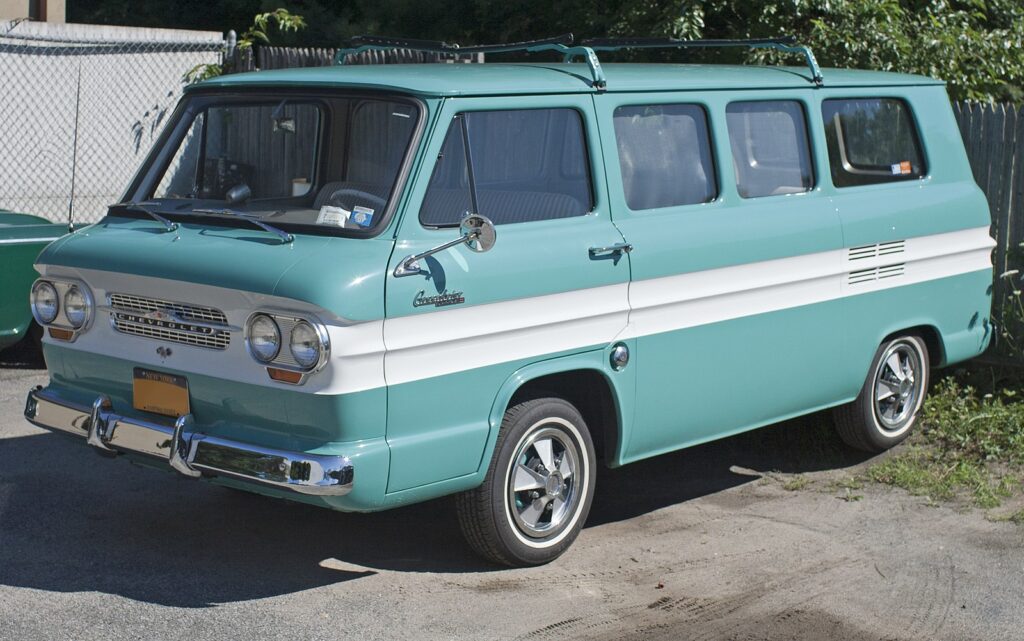
As part of the Corvair lineup, the Chevrolet Greenbrier was one of the first American vehicles to combine the versatility of a van with the comfort of a passenger car. Its rear-engine design provided a low center of gravity, improving stability during road trips. The spacious interior of the Greenbrier made it an ideal candidate for camper conversions, earning it popularity among families and adventurers in the 1960s.
Dodge Sportsman (1961-1971)
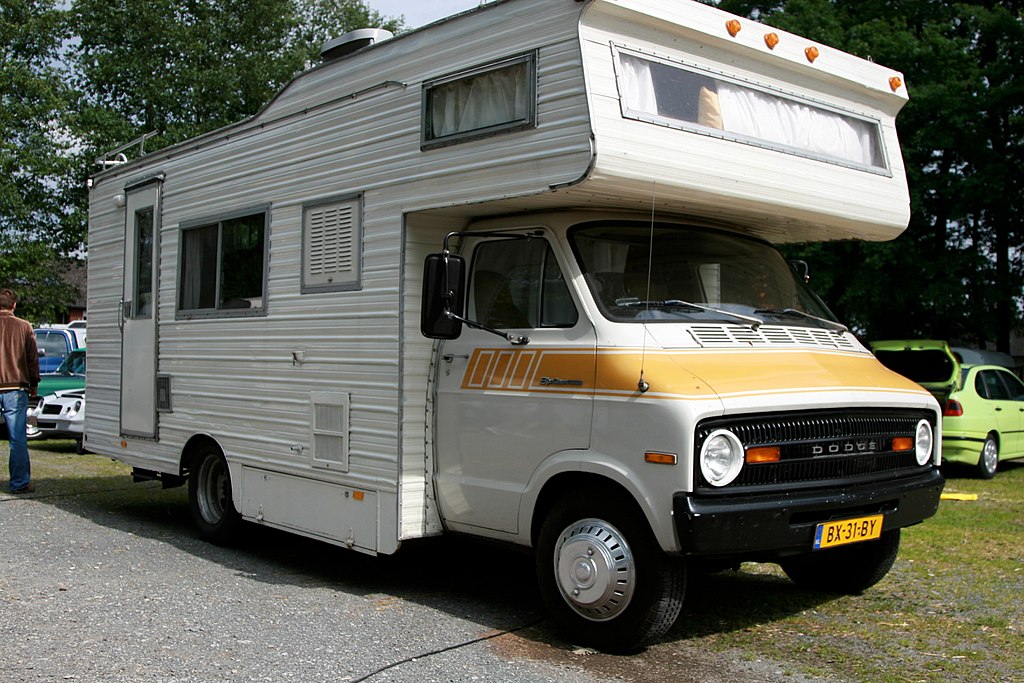
Introduced in the 1960s, the Dodge Sportsman was a versatile vehicle that could be configured as a passenger van, camper, or cargo van. Its roomy interior and powerful engine made it an excellent choice for long road trips, especially for larger families. Notably, the Sportsman was among the first vans to offer factory-installed camper conversions, making it a pioneer in the road trip culture.
Volkswagen Westfalia (1951-2003)
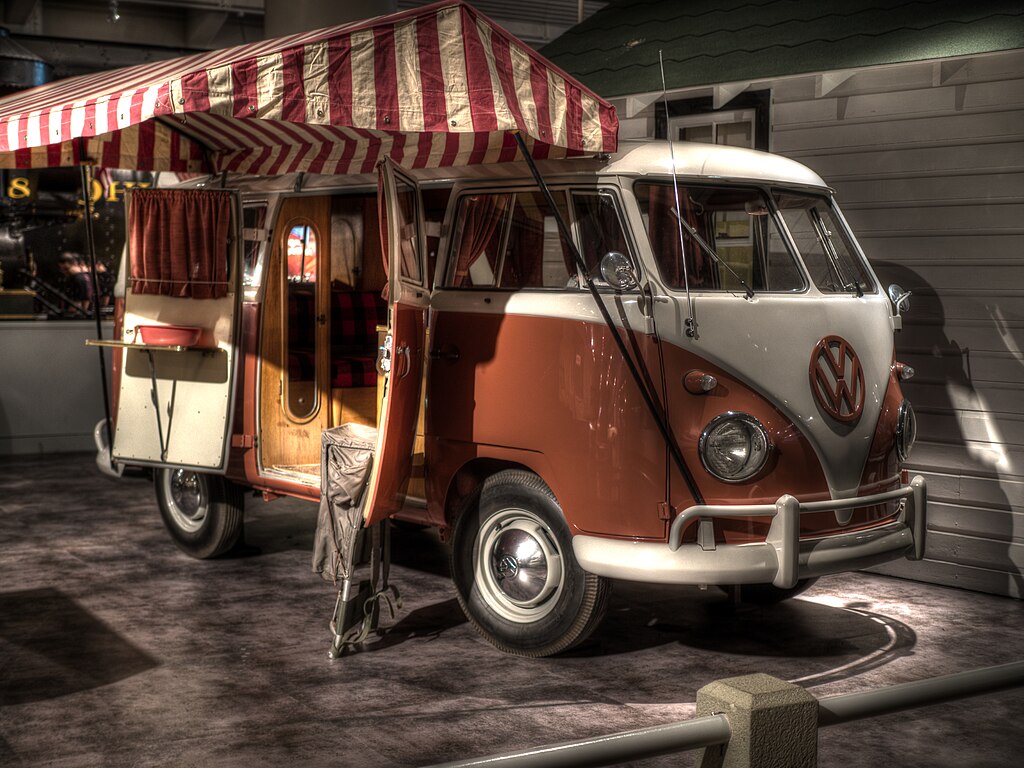
The Volkswagen Westfalia, often simply called the “Westy,” was a factory-made camper version of the iconic VW Bus. First introduced in the 1950s, it featured a pop-up roof, fold-out beds, and a compact kitchen, transforming it into a self-contained mobile home. The Westfalia became the quintessential vehicle for road trip enthusiasts, providing a perfect blend of convenience and adventure. Its practical design and iconic status have made it a cherished classic among camper van enthusiasts.
Winnebago Brave (1966-1973)

Launched in 1966, the Winnebago Brave revolutionized the RV industry by offering a fully self-contained motorhome at an affordable price. The Brave’s distinctive “flying W” logo quickly became a symbol of American road trips, while its spacious interior provided all the amenities needed for extended travel. As one of the first motorhomes to feature a cab-over design, it maximized living space without increasing the vehicle’s overall length. Its impact on road trip culture continues to be felt today.
GMC Motorhome (1973-1978)

Produced from 1973 to 1978, the GMC Motorhome was a groundbreaking vehicle in the world of RVs. Unlike traditional motorhomes, it was built on a purpose-designed chassis with a front-wheel-drive layout, offering a smoother ride and better handling. Its futuristic design, coupled with a luxurious interior, made it a hit among those seeking comfort and style on the road.
Bedford CA Dormobile (1952-1969)
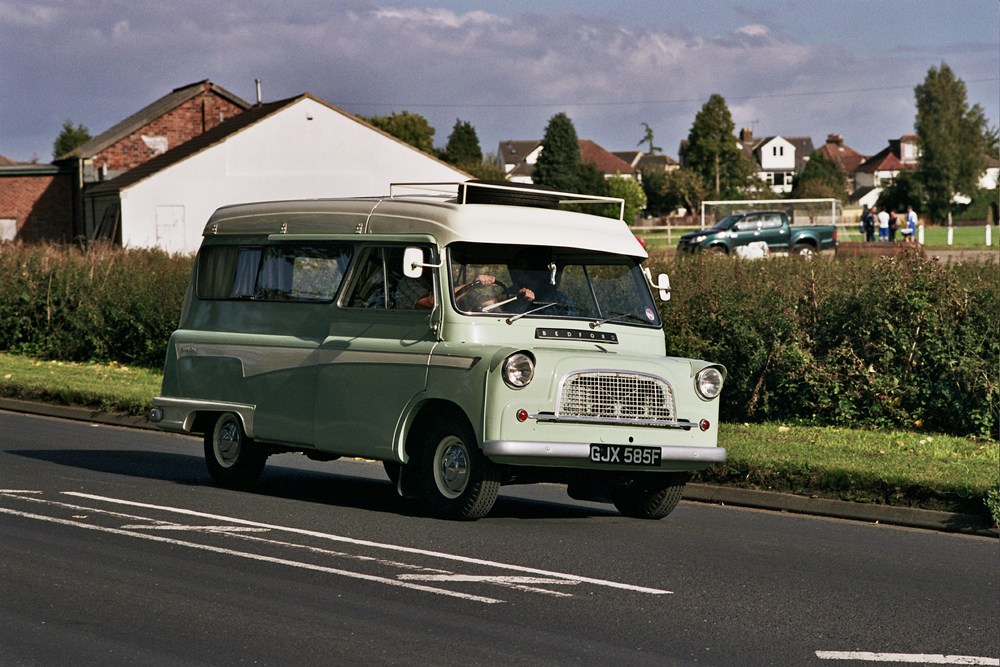
The Bedford CA Dormobile was a British camper van that gained popularity in the 1950s and 1960s. It featured a distinctive pop-up roof, providing extra headroom and additional sleeping space. The Dormobile’s compact size and efficient use of space made it a favorite among European road trippers, particularly those who valued practicality and charm. Its influence extended well beyond the UK, inspiring similar camper designs around the world.
Toyota HiAce (1967-Present)
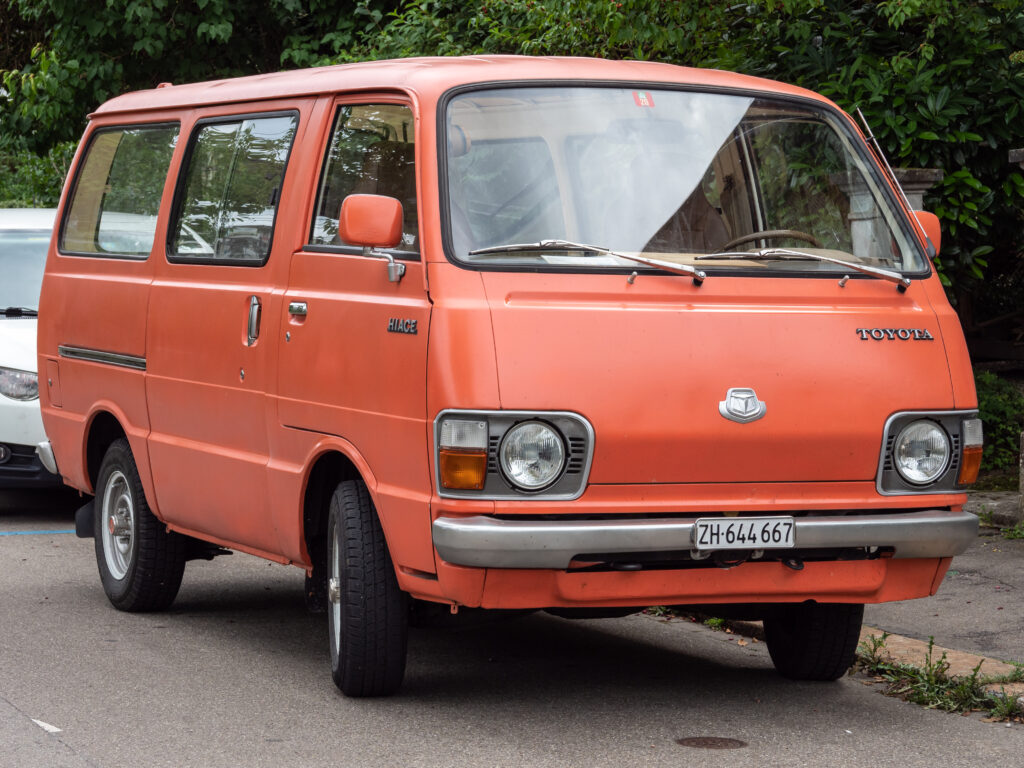
First introduced in 1967, the Toyota HiAce quickly built a reputation for reliability and versatility. Its compact size and efficient engine made it ideal for city driving, while its spacious interior offered plenty of room for camper conversions. The HiAce became a popular choice for road trippers in Japan and other parts of the world, offering a dependable vehicle for long journeys.
Ford Transit Mk1 (1965-1978)
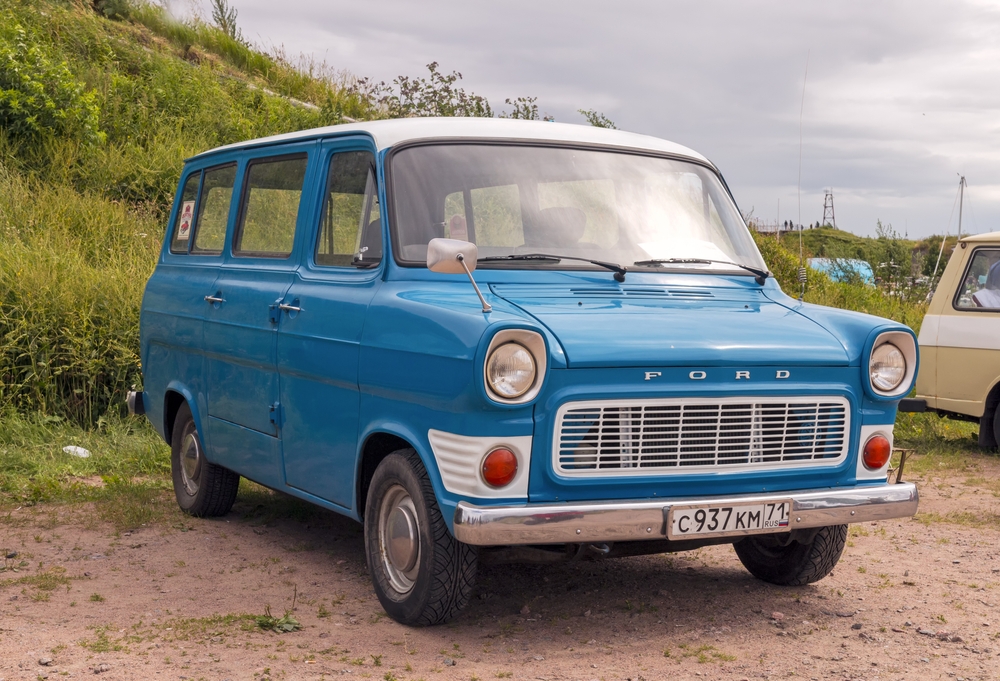
Launched in 1965, the Ford Transit Mk1 was a game-changer in the van market. With car-like handling, powerful engines, and a spacious interior, it became a popular choice for camper conversions. The Transit became synonymous with freedom and adventure, inspiring countless road trips across Europe and beyond. Today, many of these camper conversions remain in use, highlighting the Transit’s lasting influence on road trip culture.
Chevrolet G10 Van (1964-1970)
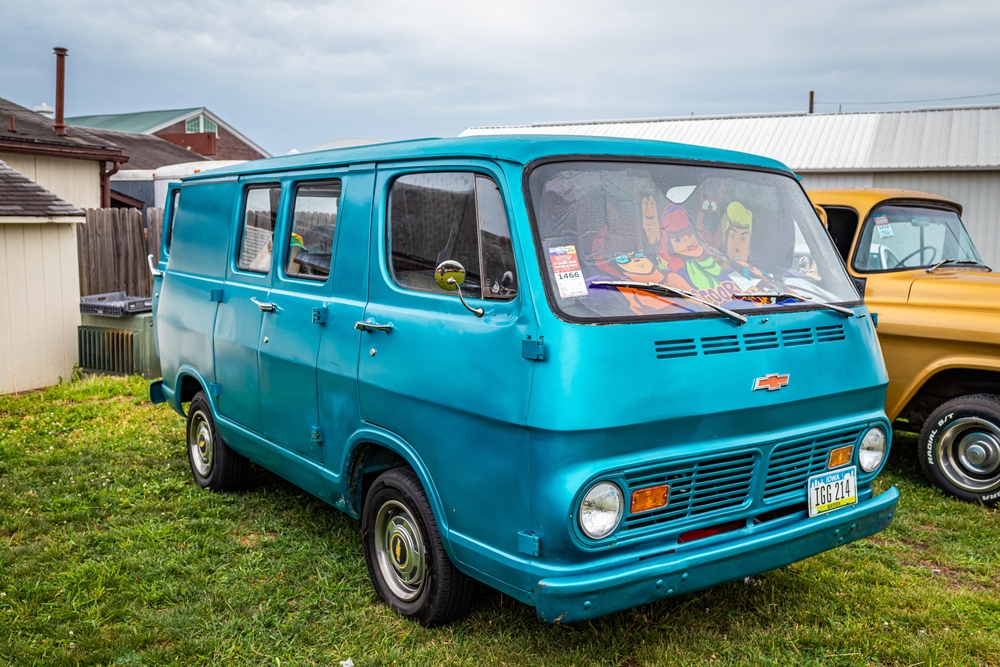
Introduced in the 1960s, the Chevrolet G10 Van was a compact, versatile vehicle that quickly became popular for camper conversions. Its simple design and powerful engine made it a reliable choice for long-distance travel, while its spacious interior provided ample room for living quarters. The G10’s popularity among road trippers played a key role in establishing the van life movement, which continues to thrive today.
Dodge Ram Van (1971-2003)
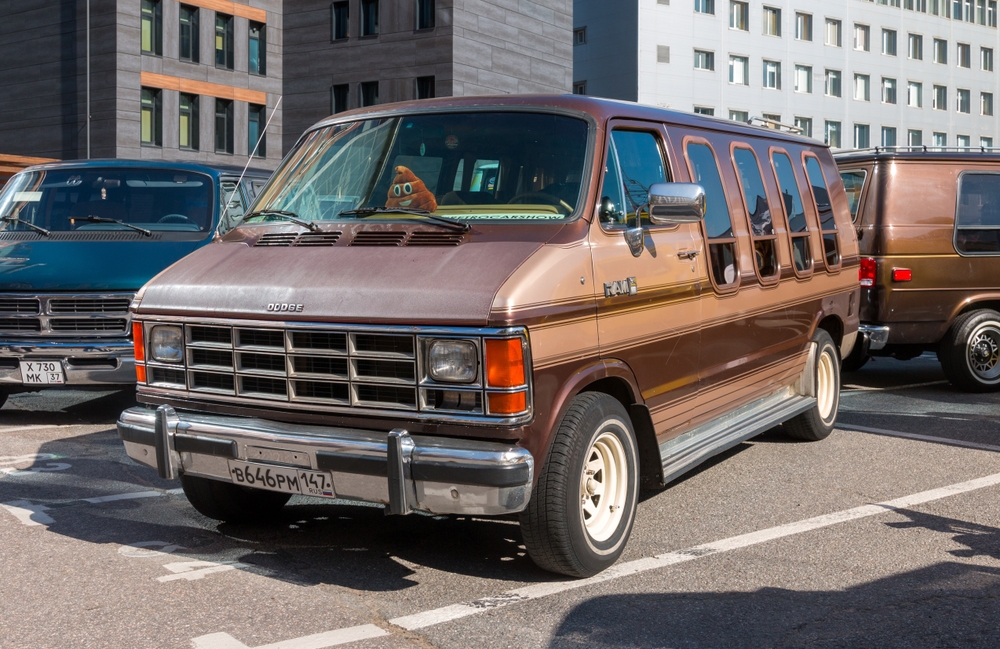
Particularly popular in the 1970s and 1980s, the Dodge Ram Van became a staple of American road trip culture. Its robust construction and powerful V8 engines made it perfect for towing and handling heavy loads, while its spacious interior offered endless possibilities for customization. The Ram Van’s combination of durability and versatility made it a favorite among families and adventurers alike, cementing its place in road trip history.
Renault Estafette (1967-1979)
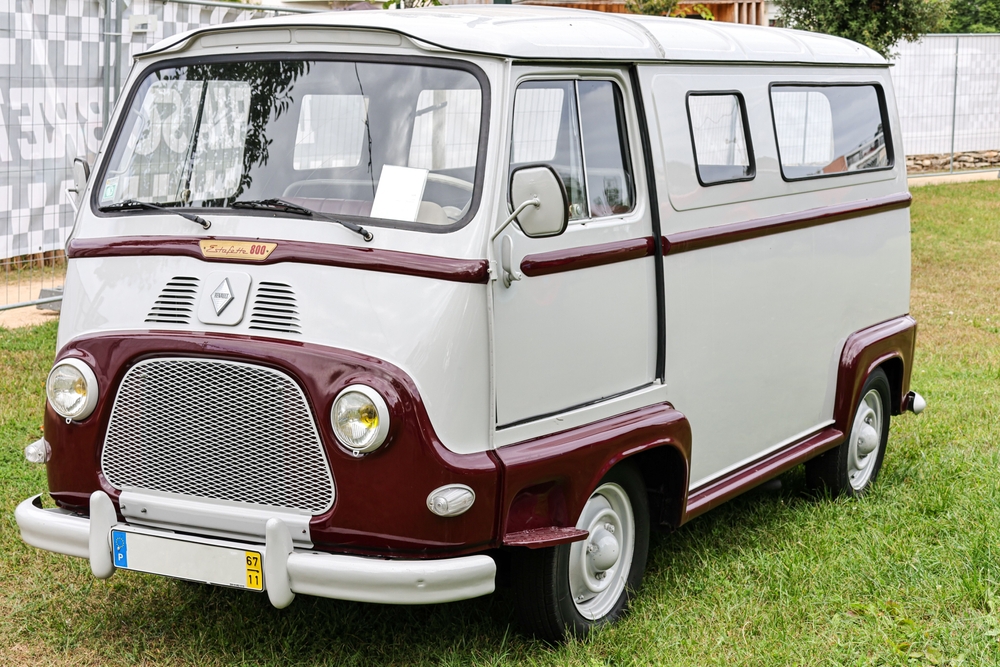
The Renault Estafette, produced from 1959 to 1980, was a French van known for its practicality and unique design. Its front-wheel-drive layout and spacious interior made it a popular choice for camper conversions, particularly in France and across Europe. The Estafette’s distinctive design and reliable performance attracted road trip enthusiasts who valued its charm and functionality.
Volkswagen LT (1975-1996)

Introduced in 1975, the Volkswagen LT was a larger and more powerful alternative to the VW Bus. Its spacious interior and robust construction made it well-suited for long road trips and camper conversions. The LT quickly gained a loyal following among road trippers, particularly in Europe, where its versatility and reliability were highly valued. Vintage LTs remain in use today, showcasing the vehicle’s lasting impact on road trip culture.
Bedford CF (1969-1986)
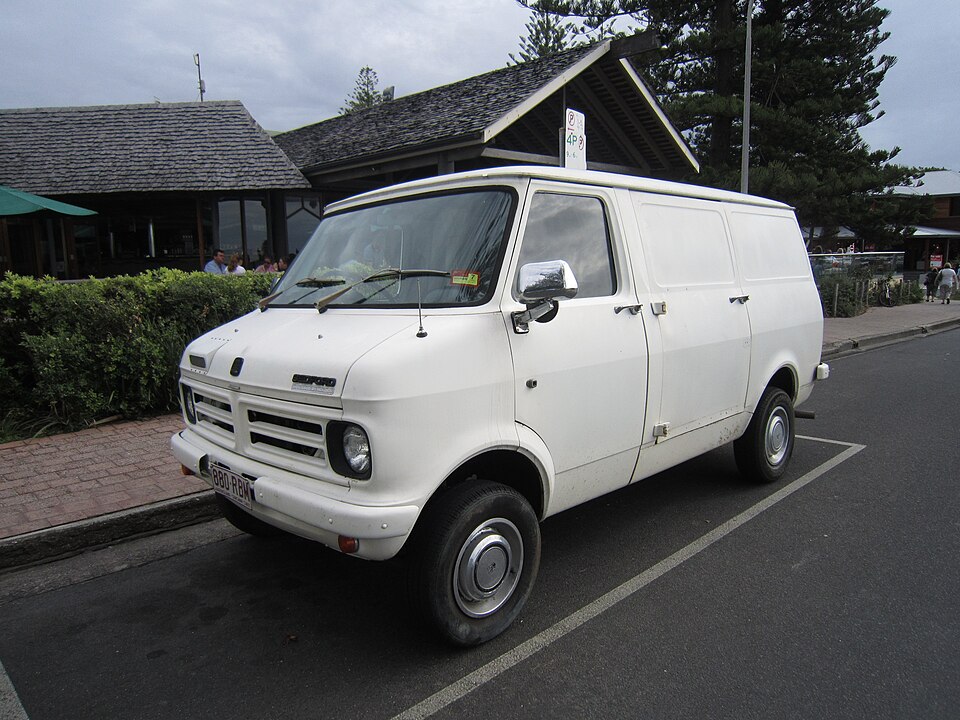
Produced from 1969 to 1986, the Bedford CF was a British van that quickly became popular for camper conversions. Its powerful engines and durable construction made it ideal for long-distance travel, while its spacious interior provided comfortable living quarters. The CF’s popularity among road trippers helped establish it as a classic vehicle in the camper van community, where it is still celebrated for its contribution to road trip culture.
Mercedes-Benz (1955-1967)
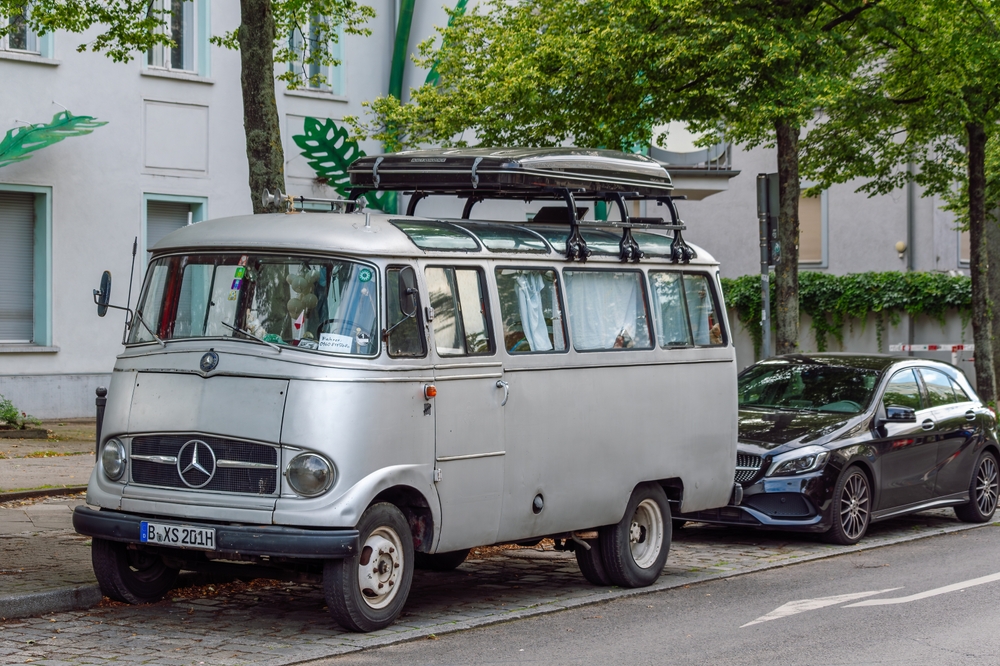
The Mercedes-Benz 319, produced from 1955 to 1967, was a versatile and reliable van that became a popular choice for camper conversions. With its robust construction and powerful engines, the 319 was well-suited for long journeys, offering ample room for customization inside. The vehicle’s association with quality and durability made it a favorite among road trip enthusiasts, helping to cement its place in the history of road trip culture.
Fiat 238 (1967-1983)
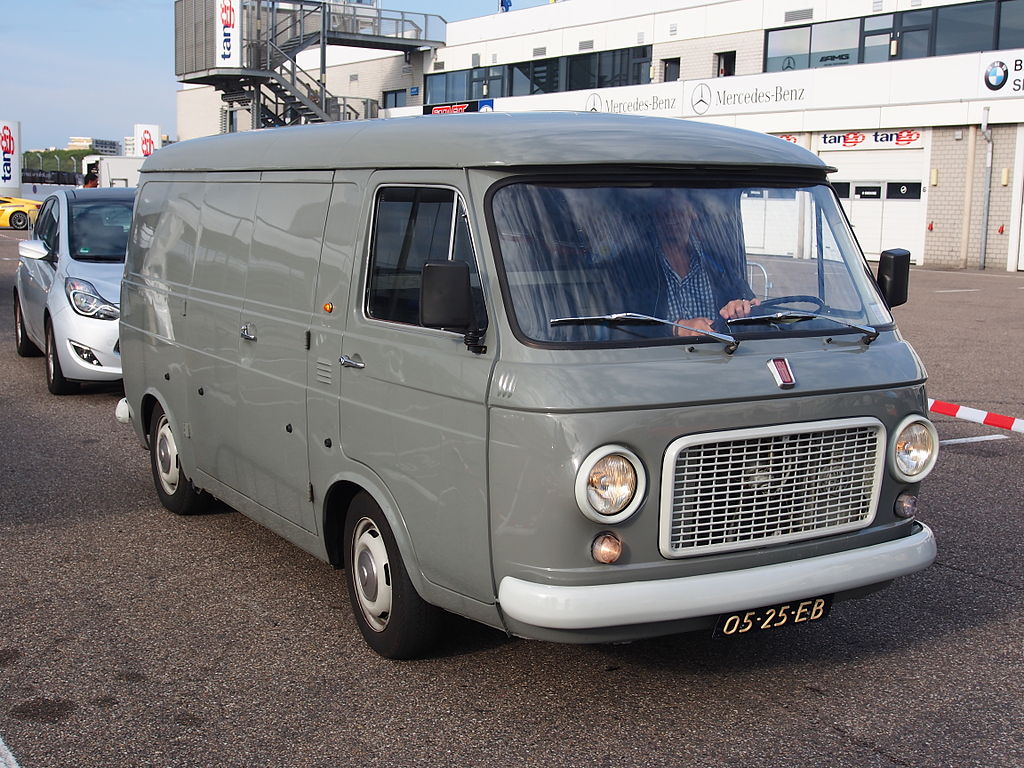
Produced from 1967 to 1983, the Fiat 238 was an Italian van known for its compact size and efficient design. Its front-wheel-drive layout and spacious interior made it a popular choice for camper conversions across Italy and Europe. The 238’s practicality and charm resonated with a generation of road trippers, contributing to the growth of camper culture throughout the continent. Its influence is still felt today, as vintage models continue to inspire new adventures.
This article originally appeared on MyCarMakesNoise.
More from MyCarMakesNoise
15 Vintage Mustangs That Collectors Avoid
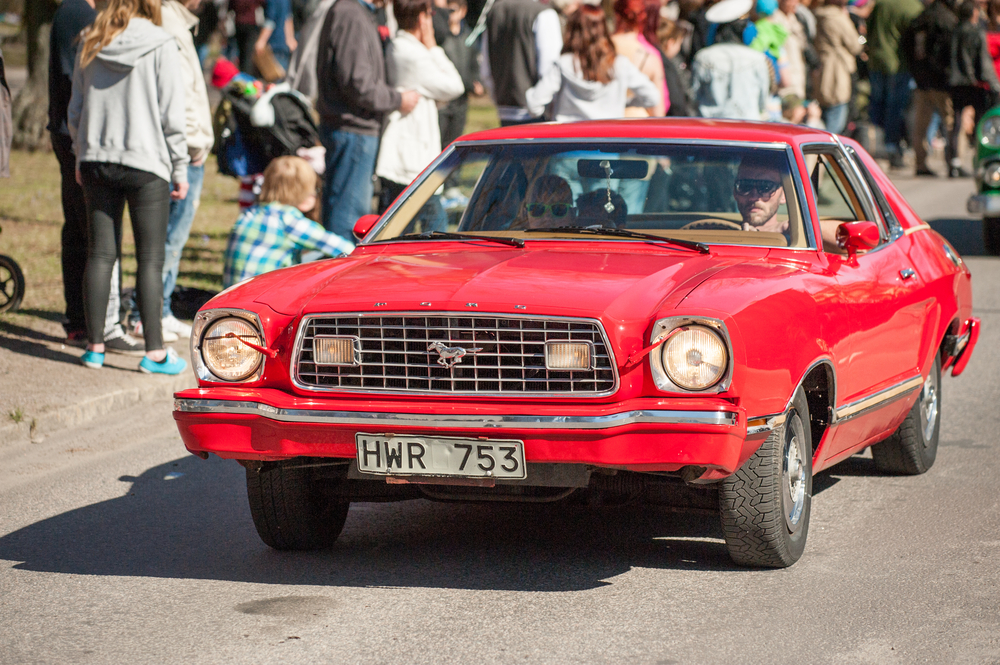
When it comes to classic cars, the Ford Mustang often stands out as an icon of American automotive history. However, not all Mustangs are created equal. While some vintage models have become highly sought-after collector’s items, others have faded into obscurity for various reasons. Read More.
20 Luxury Cars with Big Price Tags and Bigger Problems
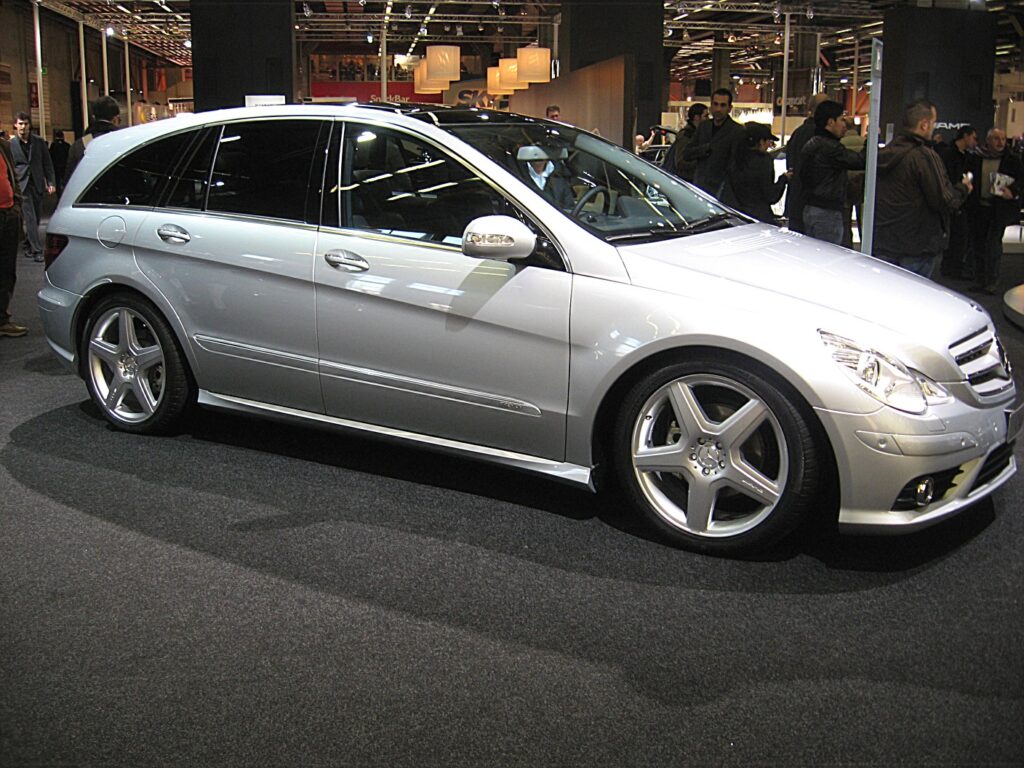
Luxury cars often promise a combination of style, performance, and comfort, but not all models live up to the hype. In this article, we highlight a selection of luxury cars that, despite their prestigious badges and high price tags, fall short in terms of reliability, build quality, and overall value. Read More.
20 Dealer Tactics That Secretly Hike Up Car Prices

Buying a car can be an exciting experience, but it’s important to be aware of the tactics dealers use to inflate prices with unnecessary extras. From overpriced add-ons like window tinting and paint protection to inflated interest rates and hidden fees, these strategies can significantly increase the cost of your new vehicle. Read More.

